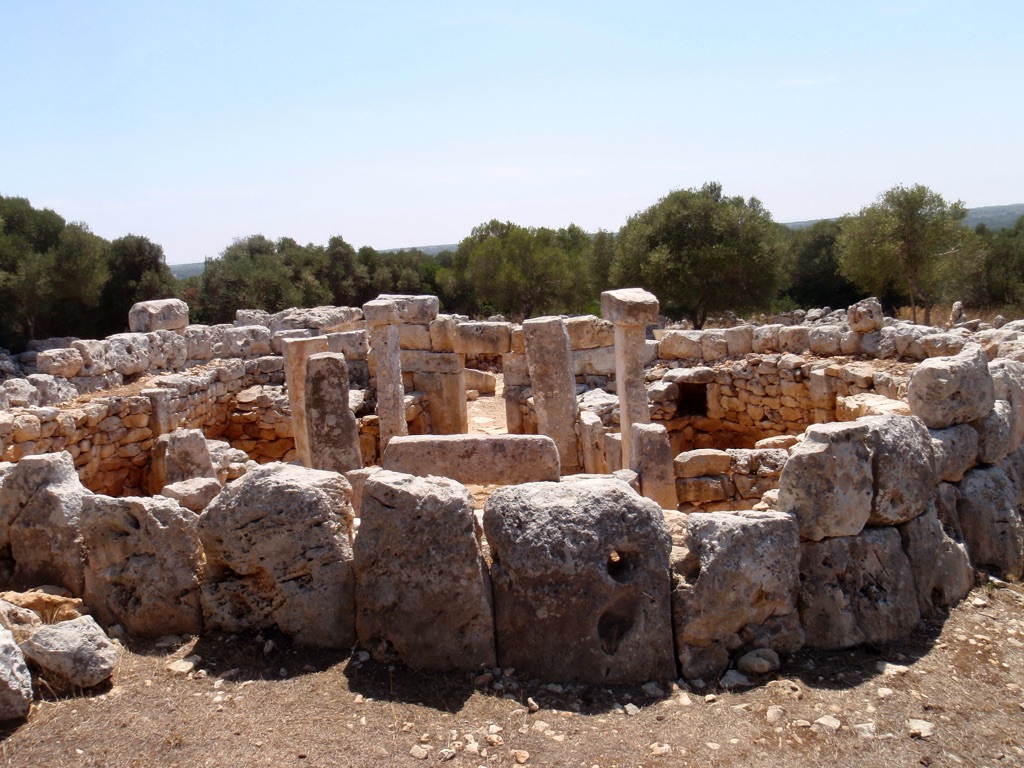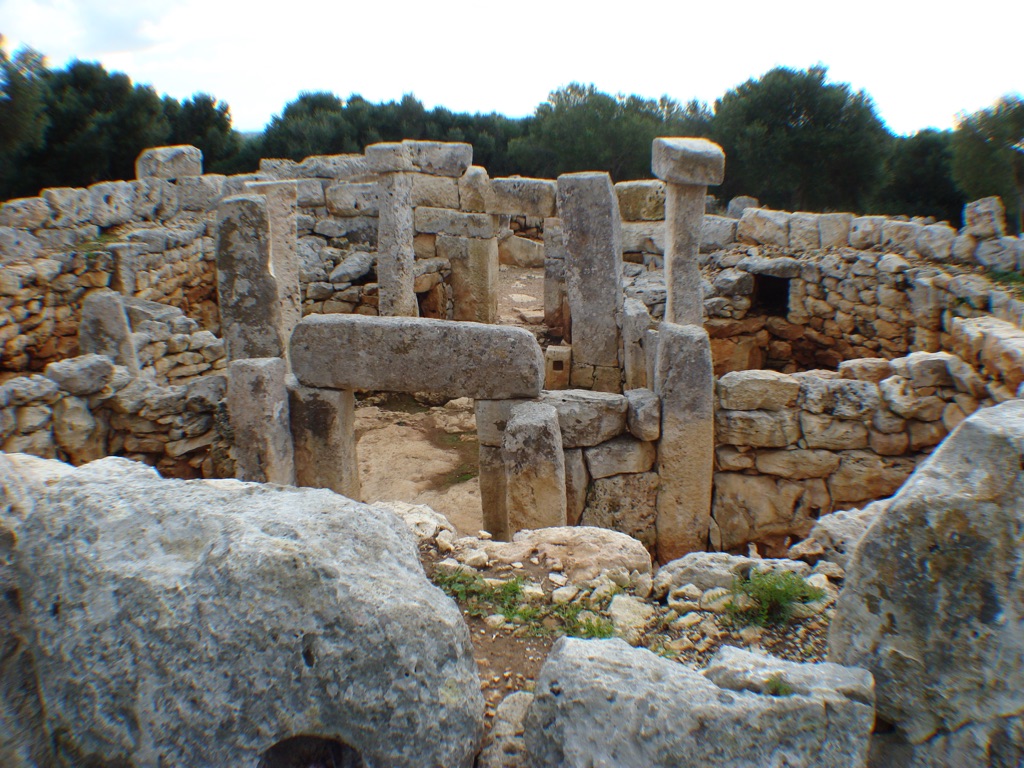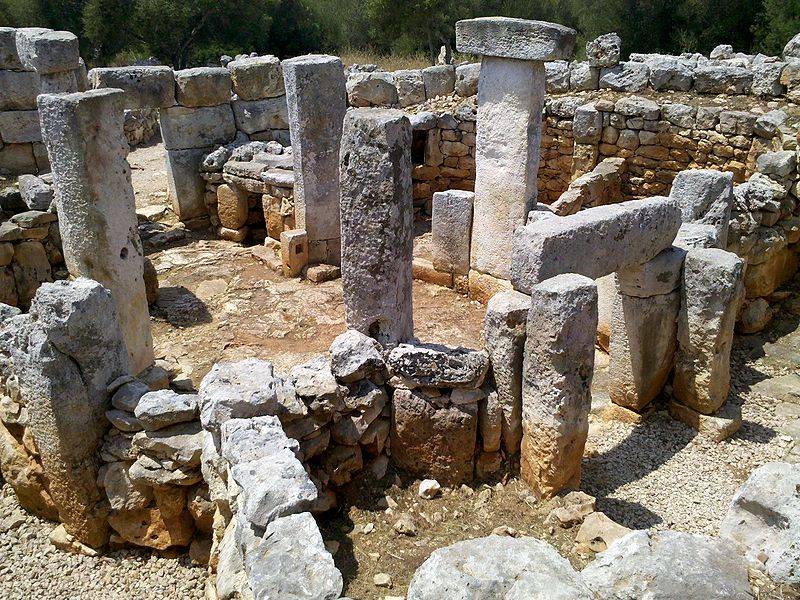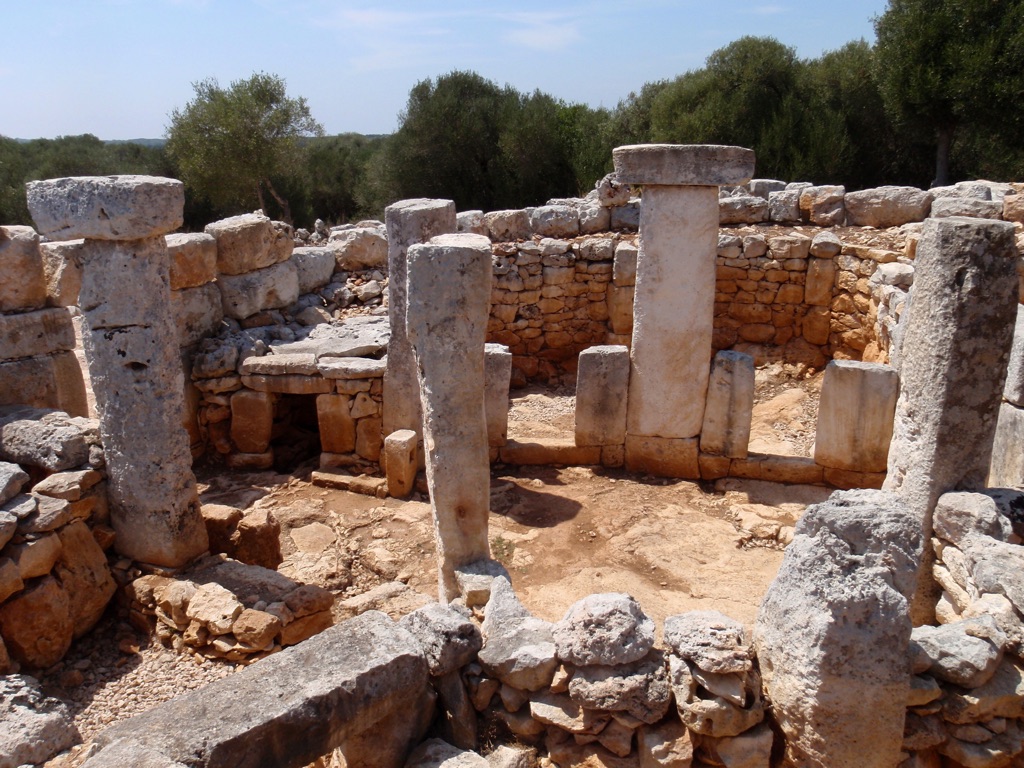Torre d’en Galmés is a significant archaeological site on the island of Menorca, Spain. It is one of the largest Talayotic settlements in the Balearic Islands, showcasing a prehistoric society’s way of life. The site features a collection of megalithic structures, including talayots, taulas, and dwellings, which offer a glimpse into the island’s ancient history. The settlement provides valuable insights into the Talayotic culture that flourished during the Iron Age in this region.
Get your dose of History via Email
Historical Background of Torre d’en Galmés
The discovery of Torre d’en Galmés dates back to the 19th century. Archaeologists and historians have since been piecing together its past. The Talayotic culture, responsible for the site’s construction, thrived from around 1000 BC. This culture is known for its unique megalithic constructions.
The Talayotic people built Torre d’en Galmés, and it served as a significant hub in their society. The settlement’s strategic location allowed for control over the surrounding territory. It also provided a vantage point for communication with other settlements.

Torre d’en Galmés was not just a residential area. It played a role in the social and religious life of its inhabitants. The site’s taulas suggest it was a place of worship or ritual significance. The settlement also witnessed various historical events, including the Roman conquest and later cultural shifts.
The site fell into disuse and was eventually abandoned. It wasn’t until modern archaeological efforts that Torre d’en Galmés regained attention. Today, it stands as a testament to the island’s prehistoric inhabitants and their sophisticated society.

About Torre d’en Galmés
Torre d’en Galmés is a testament to prehistoric engineering. The site contains three talayots, which are tower-like structures made from large stone blocks. These served as watchtowers or communal gathering places.
The settlement also features a central taula enclosure. The taula is a T-shaped stone monument, unique to Menorca. Its precise function remains a mystery, but it likely had religious or ceremonial significance.
Houses at Torre d’en Galmés showcase circular or elliptical designs. They include rooms, storage areas, and even rainwater collection systems. The use of local limestone in construction reflects the builders’ adaptation to available resources.
The site’s hypostyle hall, with stone pillars supporting the roof, is an architectural highlight. This structure may have served as a communal area or for holding social functions.
The surrounding landscape was also part of the settlement’s design. Agricultural spaces and water management systems indicate a well-organized society. The inhabitants of Torre d’en Galmés utilized advanced techniques to sustain their community.

Theories and Interpretations
Several theories exist about Torre d’en Galmés and its structures. The talayots may have been defensive, but they could also have been social or religious centers. Their exact purpose is still debated among scholars.
The taulas are particularly enigmatic. Some believe they were altars or part of astronomical observatories. Others suggest they played a role in healing rituals, given the findings of animal bones and pottery in the vicinity.
The settlement’s decline is also subject to interpretation. It could have been due to resource depletion, social upheaval, or external factors like conquest. The exact reasons remain unclear.
Archaeologists have used various methods to date the site. These include stratigraphy, radiocarbon dating, and comparison with other Talayotic sites. Such studies have helped establish a timeline for the settlement’s occupation.
Despite the mysteries, Torre d’en Galmés provides a valuable link to Menorca’s prehistoric past. Its structures and artifacts continue to offer insights into the lives of its ancient inhabitants.
At a glance
Country: Menorca, Spain
Civilization: Talayotic Culture
Age: Approximately 3000 years old (1000 BC)
Conclusion and Sources
The information in this article was gathered from reputable sources to ensure accuracy and reliability. These sources include:

